41 labels and selectors in kubernetes
Certified Kubernetes Administrator Exam: Scheduling - KodeKloud In Kubernetes, clusters, labels, and selectors offer a standard method of categorizing and filtering objects based on various criteria. When creating an object, labels are included in a manifest file to give them distinguishing characteristics so they can be identified easily. Selectors help filter these groups for Kubernetes operations. labels package - k8s.io/apimachinery/pkg/labels - Go Packages Package labels implements a simple label system, parsing and matching selectors with sets of labels. Index func Conflicts (labels1, labels2 Set) bool func Equals (labels1, labels2 Set) bool func FormatLabels (labelMap map [string]string) string type ByKey func (a ByKey) Len () int func (a ByKey) Less (i, j int) bool func (a ByKey) Swap (i, j int)
Kubernetes Scheduling - Node Selectors and Node Affinity Step 1: Assign a Label to the Node. List the nodes in your cluster, along with their labels by running the following command: root@kube-master:~# kubectl get nodes --show-labels. Now chose one of your cluster node, and add a label to it: root@kube-master:~# kubectl label nodes kube-worker1 workload=prod node/kube-worker1 labeled.

Labels and selectors in kubernetes
Kubernetes - Labels & Selectors - Adglob Infosystem Pvt Ltd Labels selector are core grouping primitive in Kubernetes. They are used by the users to select a set of objects. Kubernetes API currently supports two type of selectors − Equality-based selectors Set-based selectors Equality-based Selectors They allow filtering by key and value. Matching objects should satisfy all the specified labels. Recommended Labels | Kubernetes You can visualize and manage Kubernetes objects with more tools than kubectl and the dashboard. A common set of labels allows tools to work interoperably, describing objects in a common manner that all tools can understand. In addition to supporting tooling, the recommended labels describe applications in a way that can be queried. The Guide to Kubernetes Labels Kubernetes provides two ways of selecting objects with labels: equality and set-based selectors. Equality : You can select objects which are equal or not equal to one or more label values.
Labels and selectors in kubernetes. Kubernetes - Labels & Selectors - Eduguru Kubernetes - Labels & Selectors Labels. Labels are key-value pairs that are attached to pods, replication controllers,s and services. They are used as identifying attributes for objects such as pods and replication controllers. They can be added to an object at creation time and can be added or modified at the run time. Use labels in an Azure Kubernetes Service (AKS) cluster - Azure ... These labels are visible in Kubernetes for handling scheduling rules for nodes. You can add labels to a node pool anytime, and they'll be set on all nodes in the node pool. In this how-to guide, you'll learn how to use labels in an AKS cluster. Prerequisites You need the Azure CLI version 2.2.0 or later installed and configured. Kubernetes (CKAD) - Pod Design - Understand how to use Labels ... You can list labels as columns by using the -L (--label-columns) option of kubectl. $ kubectl get pods -L service,tier Selectors You can use selectors to filter a set of resources. For filtering based on labels, we can use the -l selector. Select only the pods related to the onboarding service. kubernetes selector: matchlabels Labels and selectors have many additional uses to the one covered in this post; they are a core part of the Kubernetes platform. Kubernetes offers two ways to match matchLabels and matchExpressions for creating complex selectors. Please be sure to answer the question.Provide details and share your research!
Kubernetes labels cheatsheet - datmt Select a pod based on its label Let's create a few more pods with various labels Shell 1 1 kubectl run my-pod2 --image=nginx --labels="type=webserver,duty=backup,ver=1.0.0" Now, we can use --selector to select pods: Shell 12 1 kubectl get pods --selector="type=webserver" 2 3 4 NAME READY STATUS RESTARTS AGE 5 my-pod1 1/1 Running 0 9m49s 6 Labels in Kubernetes Using label selectors Kubernetes allows to group objects with a combination of labels. Kubernetes allows two types of selectors: equality-basedand set-based. In equality-based selectors, multiple labels can be specified with commas as separators and they are assumed to be combined with logical AND (&&) operator. Pod Affinity Kubernetes and its usage - bobcares.com Pod affinity Rules. The Kubernetes pod affinity rule states that the pod can only be under the schedule to a node in the same zone. And at least one other pod already running. The user can use pod affinity to restrict which nodes their pod on the basis of the labels of other pods. Labels are key/value pairs. Missing required field "selector" in Kubernetes -Troubleshooting You can have labels as component: serviceName or maybe k8s-app: serviceName, then that should be provided in the matchLabels field in spec.selector field. The selector field defines how the Daemonset or Deployment finds which Pods to manage. In the above YAML code, we just used a label that is defined in the Pod template (name: web-server). But ...
Using labels for filtering pods with kubectl - From pet to cattle The selector option can help us to select a subset of pods with kubectl. On most kubectl command we will find the selector option for filtering pods based on it's labels. To use we just need to set the filter using the key=value format: $ kubectl get pods -l "app=spin" NAME READY STATUS RESTARTS AGE spin-clouddriver-9899c9b54-nbjp6 1/1 Running ... kubernetes - Labels in Deployment Spec & template - Stack Overflow 14k 20 110 284 1. What is the purpose of selector key with matchLabels From the kubernetes documentation, The .spec.selector field defines how the Deployment finds which Pods to manage. In this case, you select a label that is defined in the Pod template (app: nginx). kubernetes.io/docs/concepts/workloads/controllers/deployment 2. How To Use Kubernetes Labels and Selectors - DevOps Titan During Kubernetes CKA Exam, There will be around 4 to 5 questions that can easily be solved using just imperative commands. So, it's possible to score 20% in first 30 minutes. Second 30 Minutes: Only attempt those questions which may take 5 to 7 minutes and you are confident that you can solve them within 7 minutes for sure. Kubernetes 101: Building Scalable Applications - Deployments Notice the Labels and Selector fields. The Deployment created the ReplicaSet to ensure that a specified number of Pods are always running at any given time, and it created the Pods. Both the ReplicaSet and the Pods are managed by the Deployment. You cannot manage Pods independently when they are part of a Deployment.
K8s Selectors and Labels | Blog - garrardkitchen The selector instructs Kubernetes to match on the app label for those that have a value of nginx and that the foo label that has the value of baa. spec: selector: matchLabels: app: nginx foo: baa. I hope this has made sense and has cleared up any confusion you may have had. The first metadata reference. The second metadata reference.
Announcing load balancer node label selector for Kubernetes on OCI Node label selectors are key or value pairs that specify worker nodes that a service-on type load balancer directs traffic to. You can attach them to objects at creation time or added later and modified at any time. Each object can have a set of key or value labels defined. Each key must be unique for a given object.
Using Labels to Automatically Discover Applications and ... - Commvault Click Add Label selector. The Add Label selector page appears. In the Value box, type the label associated with a Kubernetes object. Examples of apptype label. To discover all production applications that have the label apptype=production in the development namespace, enter the following: apptype=production -n development
ReplicationController | Kubernetes A ReplicationController manages all the pods with labels that match the selector. It does not distinguish between pods that it created or deleted and pods that another person or process created or deleted. This allows the ReplicationController to be replaced without affecting the running pods.
kubernetes - Tool to map labels to selectors cluster-wide (out of the ... Is there a tool that can show me a mapping of selectors to labels and the resources to which those mappings are meaningful cluster-wide? It seems to me that something like such a tool would be helpful to troubleshoot or just reference "connections" in one's cluster assuming selectors exist for labels.
Custom labels, annotations, and fields - Kubernetes The section provides a few examples on using selectors and annotations. Example 1 - Label selector. Following is an example of label selector: app in (istio,ambassador,hackgoapp),service_app. In the above example, a pod will match if the app label is one of the three (istio, ambassador, hackgoapp) in the array and also contains a label key ...
The Guide to Kubernetes Labels Labels are key-value pairs used to attach identifyingmetadata to Kubernetes objects. Kubernetes provides built-in support for querying objects via labels and applying bulk operations on the subset selected. Kubernetes labels are commonly used for sharing information with other colleagues.
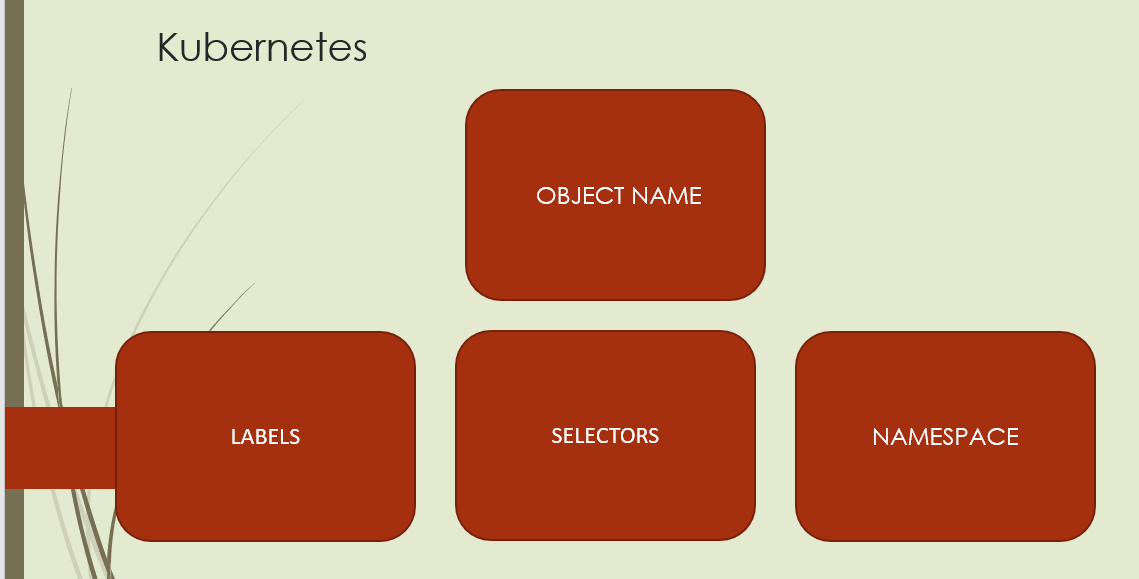
Coders Classroom: Kubernetes for Developers #8: Kubernetes Object Name, Labels, Selectors and ...
Labels and Selectors in Kubernetes - Medium Labels and Selectors are the standard method to group things together in Kubernetes. We can filter the objects based on the criteria like class, kind, and functions. Labels are the properties...
Using Kubernetes Annotations, Labels, and Selectors Annotations, labels, and selectors are used to manage metadata attached to your Kubernetes objects. Annotations and labels define the data while selectors provide a way to query it. Here are the differences between the three concepts, what they're designed for, and how you can use them to manage your resources. Annotations
The Guide to Kubernetes Labels Kubernetes provides two ways of selecting objects with labels: equality and set-based selectors. Equality : You can select objects which are equal or not equal to one or more label values.
Recommended Labels | Kubernetes You can visualize and manage Kubernetes objects with more tools than kubectl and the dashboard. A common set of labels allows tools to work interoperably, describing objects in a common manner that all tools can understand. In addition to supporting tooling, the recommended labels describe applications in a way that can be queried.
Kubernetes - Labels & Selectors - Adglob Infosystem Pvt Ltd Labels selector are core grouping primitive in Kubernetes. They are used by the users to select a set of objects. Kubernetes API currently supports two type of selectors − Equality-based selectors Set-based selectors Equality-based Selectors They allow filtering by key and value. Matching objects should satisfy all the specified labels.






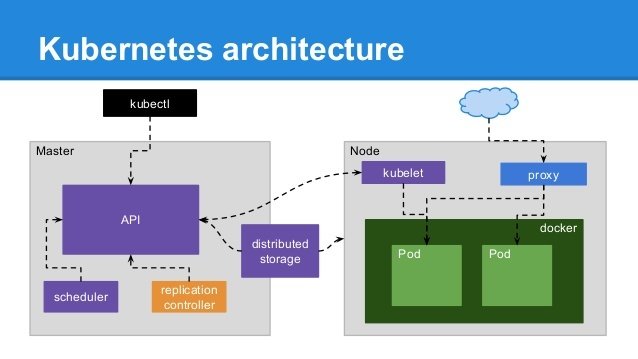
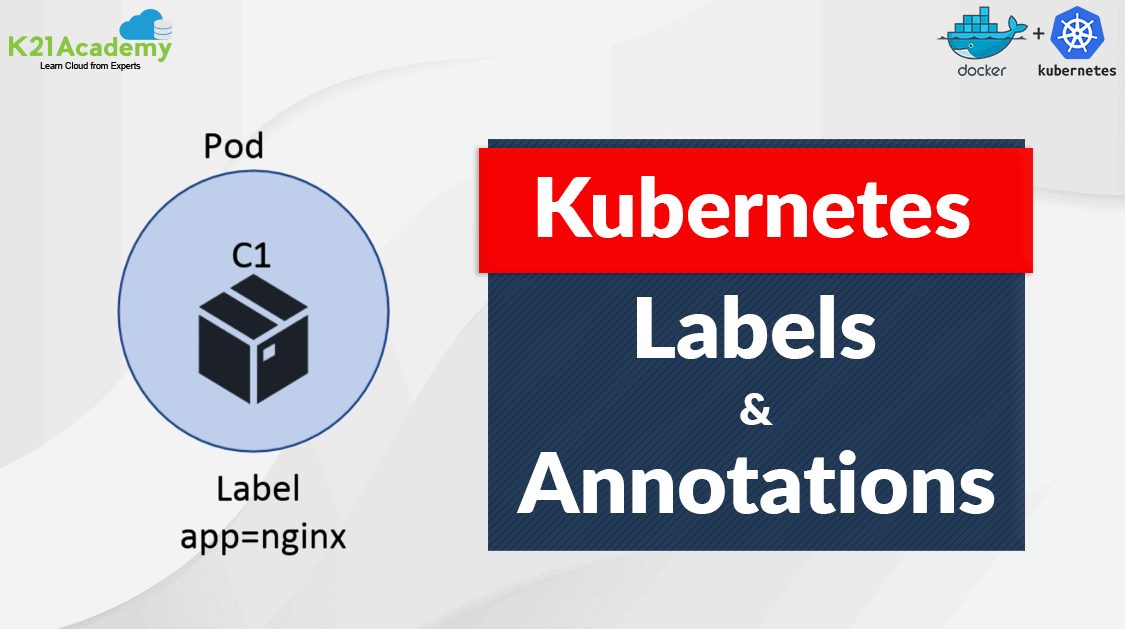
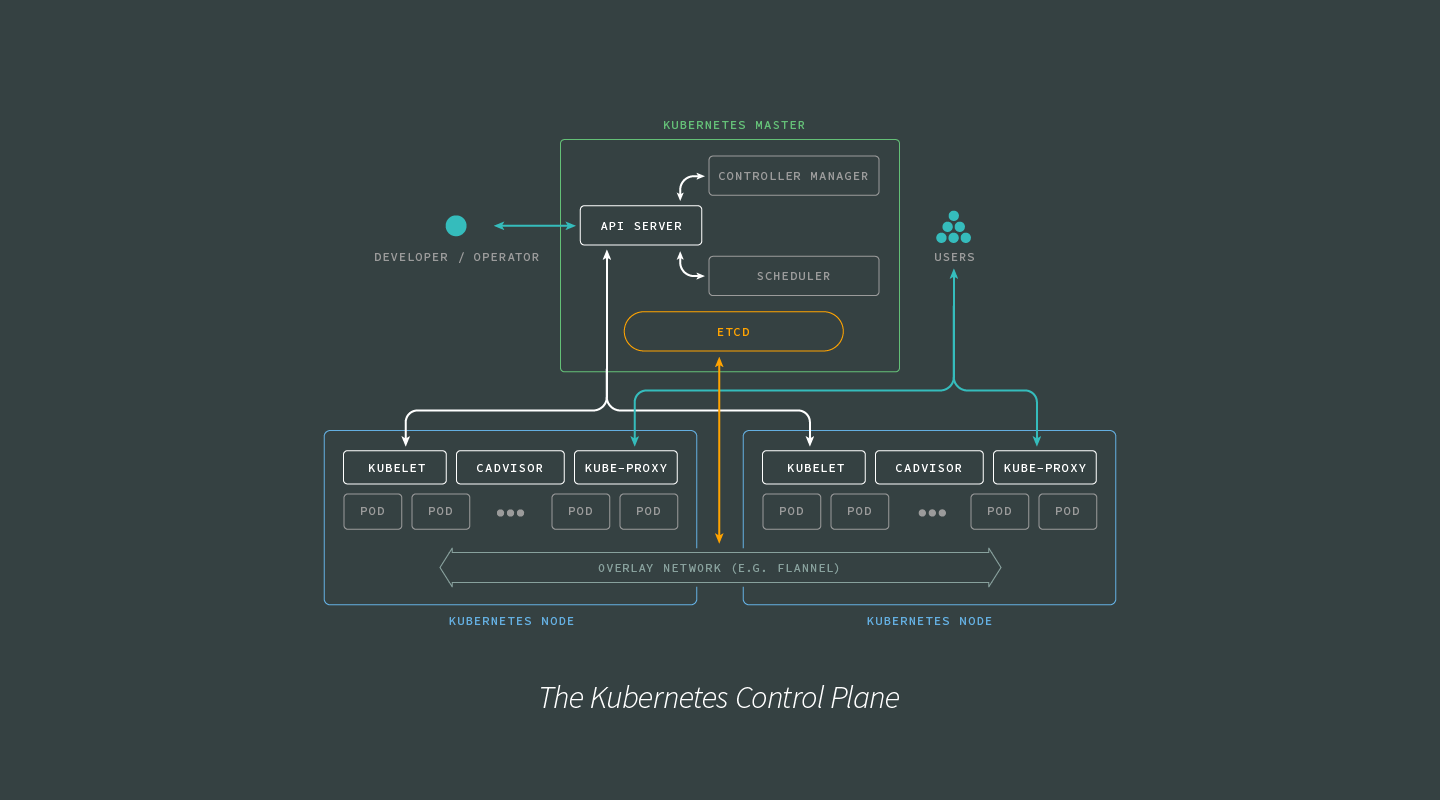
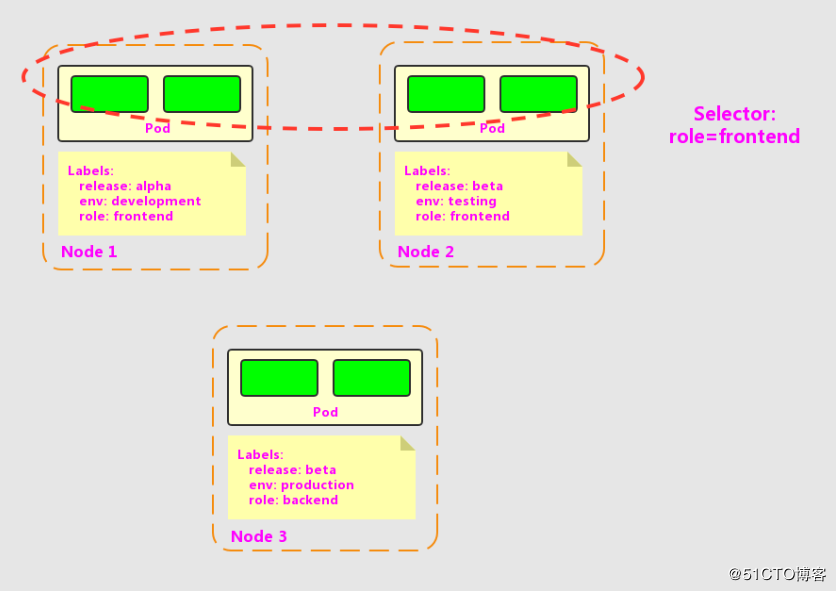
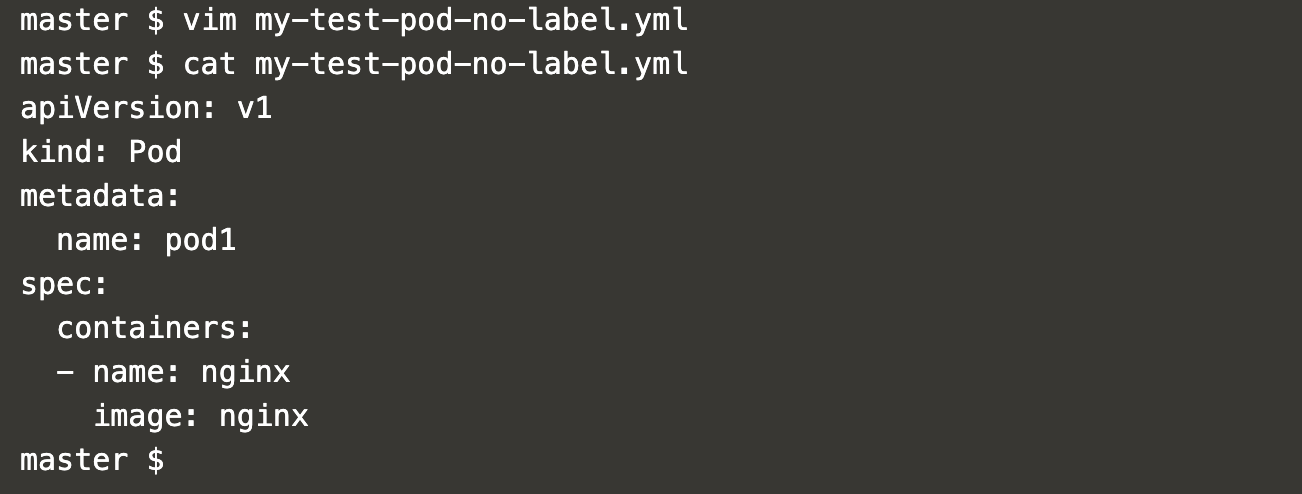

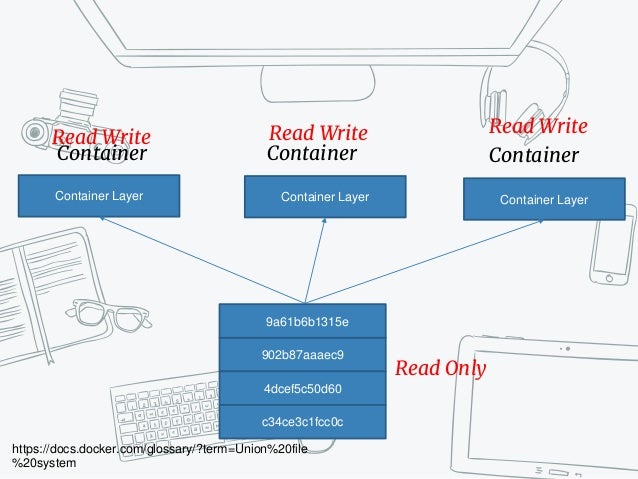
Post a Comment for "41 labels and selectors in kubernetes"